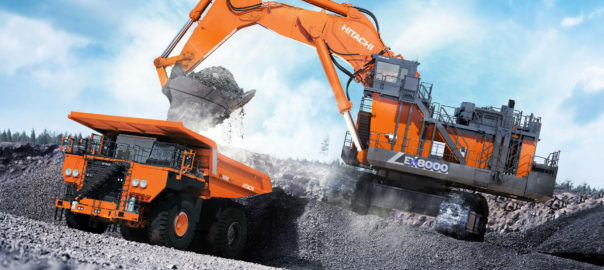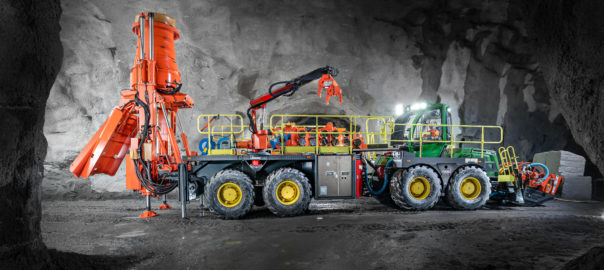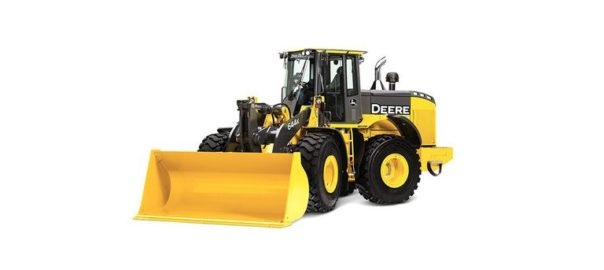Hitachi Construction Machinery Americas Inc (HCMA) has officially began leading the Hitachi brand’s mining equipment sales and service support efforts in North America and Latin America.
This new direction replaces the joint venture Hitachi Construction Machinery (HCM) shared with John Deere.
In preparation for this changeover, HCMA has added more than 60 new team members throughout North America and Latin America, solidified equipment dealer relationships and worked with the HCM global team on new equipment and technology innovations that can help mines reduce operational costs and support sustainable mining practices.
According to Alan Quinn, CEO of HCMA, there has been a lot of excitement and anticipation leading up to the brand’s official realignment in the Americas.
“HCM and Deere worked together for many years to become a leading equipment provider in the Americas,” he said. “As HCMA takes over control of equipment sales, service and support moving forward, we are preparing to launch new machines and new technologies while focusing on having a more direct relationship with our customers and dealers. To support those efforts, we are developing a team to specifically support the mining industry, developing relationships with dealers that support the mining industry and operating a 400,000 sq.ft (37,161 sq.m) parts distribution centre located south of Atlanta, Georgia.”
HCMA has enlisted seven dealers in North America and eight dealers throughout Latin America to support mining operations, with Quinn saying HCMA will continue to grow its dealer network in the coming months.
In addition to bolstering its dealer network, HCMA plans to introduce new machinery and technology for the mining industry.
“HCM is committed to product development,” Quinn said, “so our future mining equipment aligns with the priorities of mining companies. For example, our team is working on battery-powered haul truck technology that will help reduce equipment exhaust emissions while still delivering similar productivity. We understand mines are more environmentally conscious, and we are developing technology to support a more sustainable industry.”
On-board equipment technology is another area HCM is investing resources to advance. The company plans to differentiate itself through the product capabilities of these new machines, including the latest in hydraulic systems, innovative “uptime” and IoT services and enhanced safety features, it said. The mining industry can expect to see increasing capabilities of Hitachi ConSite, with an initiative to add more telematics and predictive analytics for its mining product lines.
“While our new operational structure is just getting started in North America and Latin America, we are excited to bring the full breadth of resources seen from Hitachi in many other parts of the world,” Quinn concluded.









